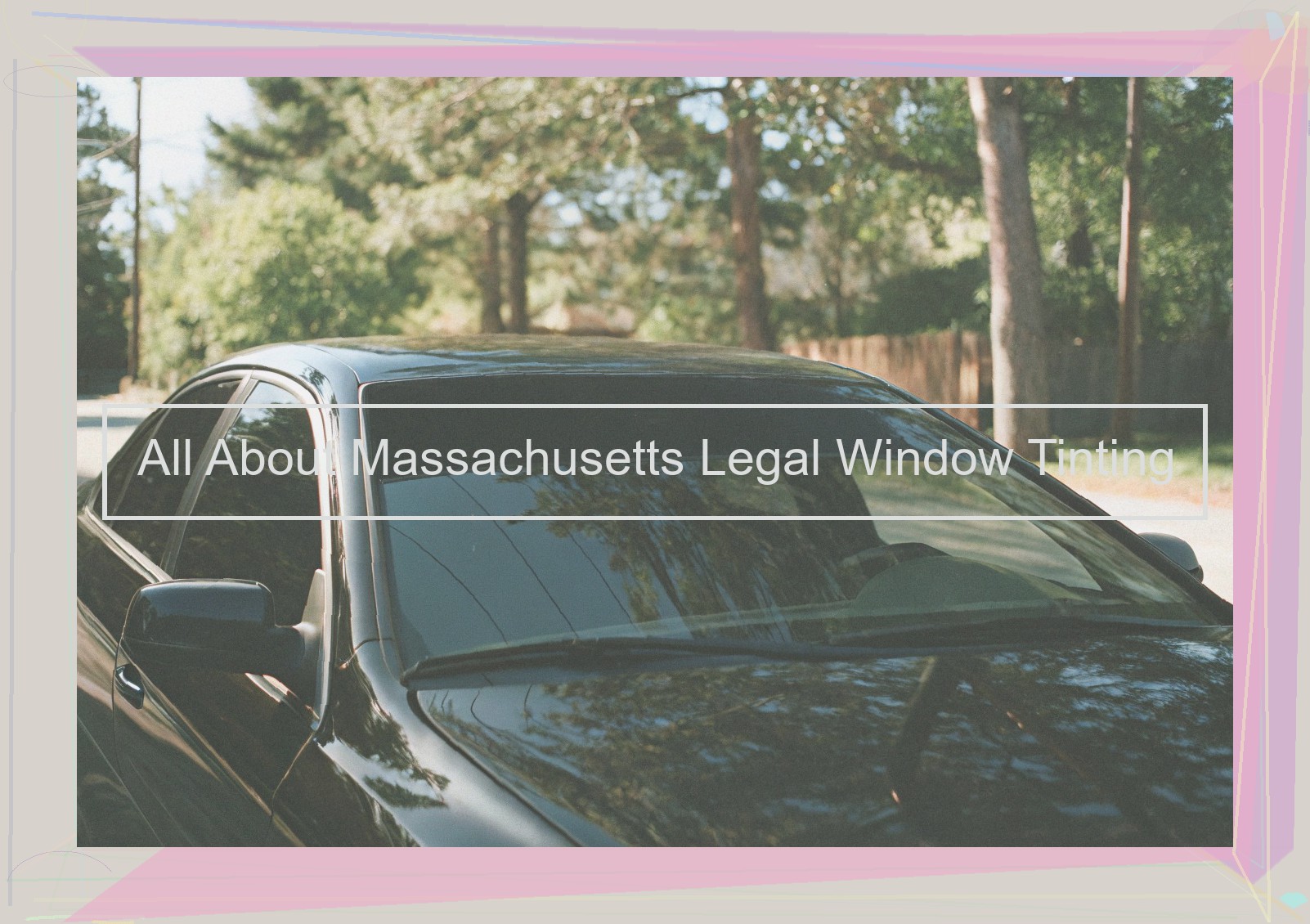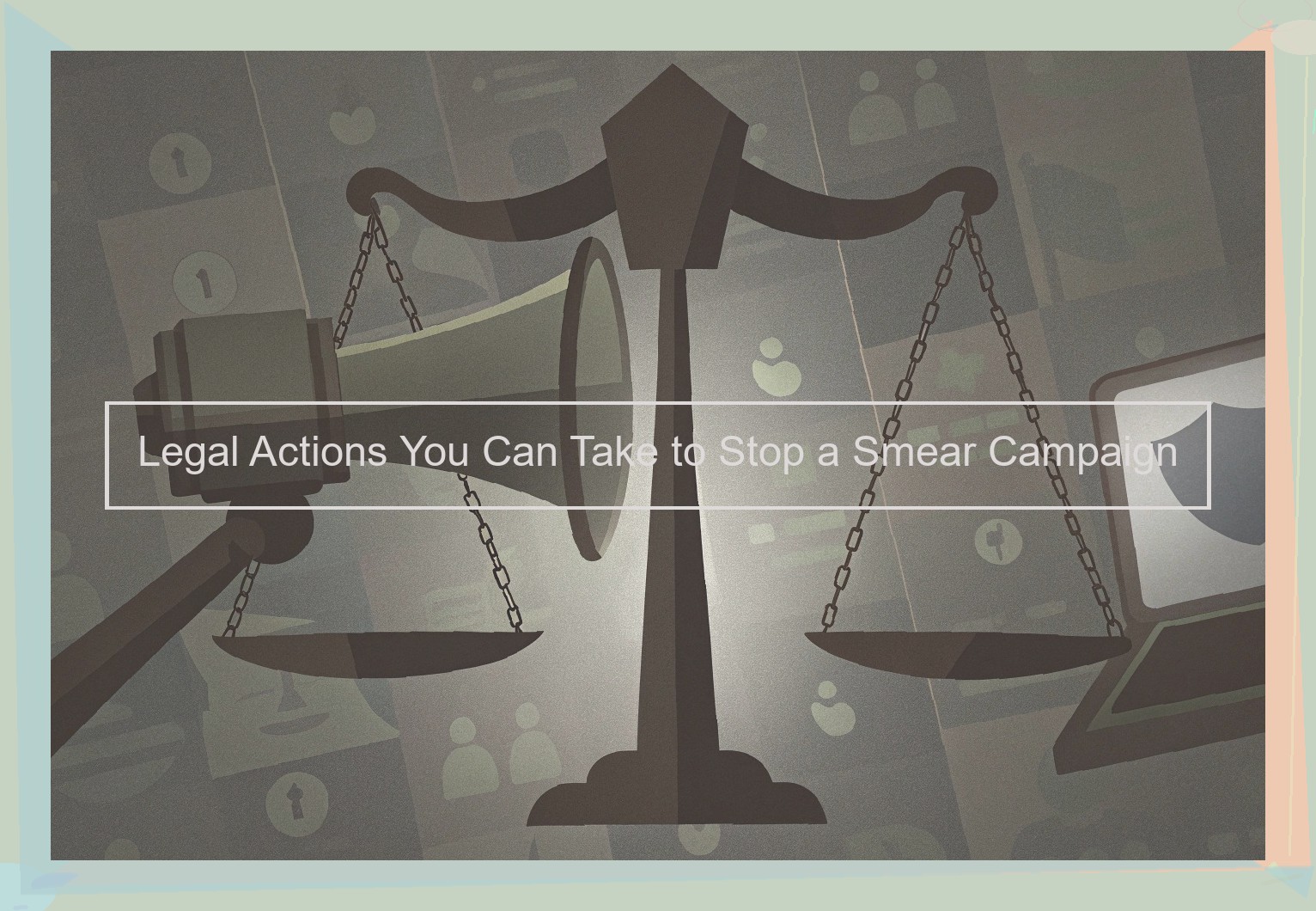Massachusetts Window Tint Laws
The state of Massachusetts regulates window tints for passenger vehicles with a 35% VLT. That means that at the very minimum light must be able to pass through so the tint is at a limit of 35%. This applies to the front and rear side windows on all passenger vehicles registered in Massachusetts. The rear windshield is only subject to a 35% VLT provision if the vehicle has side mirrors that would allow the operator to see to the rear of the vehicle through both of them. The rear windshield VLT is 20% which means the tint allows for only 20% of light to pass through while the front windshield can only have a tint of 35%. There’s a 20% VLT limit for SUVs and vans so the same rules apply here as with passenger vehicles. The law requires that any vehicle with tint that does not meet the VLT levels specified must have the tint removed or replaced so that it is legal. A $250 fine is levied against these types of tints and there are no exceptions in the state law to allow darker tint to be placed in the car. While permits are not required for these permitted window tints, all manufacturers are required to label the tint. This is done with a sticker that is placed between the glass and the window film. The sticker will show the VLT percentage of the tint and the name and address of the company that manufactured it. Not having a sticker in the vehicle to show the tint complies with VLT levels is another offense that carries a $250 fine. Here’s the kicker – the only way the law specifies the tint must be removed or replaced if it doesn’t meet VLT regulations is for inspection purposes , and there’s no indication in the law what exactly constitutes improper tint. It’s open to interpretation by inspectors and this makes for quite the confusing law because the tint that meets VLT levels is incredibly subjective anyway. For example, an SUV that has medium tint is going to vary in a wide range from someone who lowers the shade from the roof of the car to someone who has more significant tint but it’s not quite as dark. Many dark window tint that you would likely see in cities like Worcester or Brockton across your travels and yet most inspectors will tell you it’s too dark and that you need lighter tint. Most drivers in Massachusetts will agree that the subjectivity of tint and how it’s enforced is what makes it so difficult and frustrating for residents to comply with. A good rule of thumb is that you should err on the lighter tint. If you need darker tint for whatever reason, try to keep the tint at no more than 20% VLT. It’s also a good idea to carry the sticker in your car for a dark tint so that when you’re pulled over and the officer makes a big deal out of it, you can easily show that the tint is 20% VLT. Some officers don’t bother checking the tint to see if it’s legal for inspection purposes when the tint is clearly legal from the outside. With the subjective nature of the law in Massachusetts you should be aware that while some inspectors and officers really won’t care about your tint as long as it’s obviously legal, others will and that could lead to an expensive fine. Which may very well all be for naught because tint is just one that most officers choose to turn a blind eye towards.

Why Window Tint Laws Exist
The reasons for window tinting laws in Massachusetts is complex and may be attributed to both the safety of the occupants and for law enforcement purposes.
Every law, even the ones that are impractical or difficult to enforce exist for a reason. In the case of window tinting laws we have to look at both the reason for window tinting laws and the purpose of police visibility requirements for motor vehicles. On the one hand you have the concern with the safety of the occupants of the car and on the other you have the need for police to be able to clearly see the people inside a motor vehicle.
In terms of safety, the argument is that tinted glass may make it difficult to see into a motor vehicle resulting in an accident. Tinted windows might also obstruct a persons’ ability to accurately detect whether their surroundings are clear. The concern with police visibility is twofold. When a police officer approaches a car they need to be able to see the people inside to accurately determine whether or not they need to fear for their personal safety. Police officers would also be unable to write a citation if they are unable to see a person perform an infraction.
In most jurisdictions, police officers are able to easily spot a problem simply by quickly passing a motor vehicle on the highway and pulling in front of the vehicle to initiate a stop. In other jurisdictions the traffic stop is initiated by an average citizen or one civilian witnessing another civilian committing a traffic infraction. If the offending vehicle is excessively tinted, the citizen may be unable to spot it or the citizen may have difficulty performing the traffic stop. This means that a violator could literally get away with committing traffic violations on a regular basis and avoid being stopped or better the violator is being stopped by another citizen who is unable to see the license plate or properly identify the make of the car.
The Secretary of State in Massachusetts has promotional materials showing an automobile driving without its headlights on at night. The promotion was aimed at encouraging citizens to turn their headlights on to reduce car accidents. The potential problems with the saftey concerns on window tinting are similar. Just like the innovators of the commercial failed to consider that the absence of headlights makes it more difficult for police to follow a violator, the authorities who promulgate laws concerning tinting of motor vehicles like to treat separate laws as independent, even though the failure to require police officers to turn on their police lights to make traffic stops renders the law ineffective.
Window tinting laws are promulgated for safety concerns meaning that the opacity should be greater than the legal limit. The argument regarding police visibility becomes that the opacity of the tint prevents police from acknowledging the existence of a problem.
Most modern motor vehicles are manufactured with a windshield tinted with an extremely slight tint at the top. The purpose of this tint is to reduce glare and improve visibility. In many states, such small tint is illegal. Some states provide application forms for visible medical conditions. The use of this tint generally does not confuse the police and doesn’t put either party at risk. In essence, the police community and the public could benefit, but both have to pass the buck until there are tacit acknowledgments of the impracticality of some window tinting laws and restrictions.
Reasonable exceptions to the window tinting laws should include the maintenance of a light tint on the top of the windshield and some exceptions for those persons receiving permission from the Secretary of State based upon some medical condition.
Penalties for Non-Legal Tinting
Individuals convicted of violating any of the above tint laws may be subject to fines and other penalties. If you are caught driving a vehicle with excessively tinted windows, you will more likely than not receive a ticket and a fine, or at the very least you’ll be ordered to remove the excess tint. The police officer that stops you will typically give you an tint exemption form that you must take to your doctor’s office if your medical needs require window tinting and have him sign off on it, and then you will have to bring the signed form to the local RMV for necessary updates.
In addition to this, the owner of the car and/or motor vehicle may also be fined $250 per window. For example, if you have two side windows excessively tinted and were pulled over, you’re looking at $500 in fines as your window tint is illegal. In general, the driver, his or her doctor and the owner of the car, if different than the driver, all have to sign the same small low-tint exemption form, if legitimate. Even if signed by a doctor, the car owner must also agree to have the windows replaced with a lower tint within 30 days, unless they were in good faith relying on medical information at the time of the tinting-installation, upon which a sole 30-day waiver is permissible.
How to Make Sure Your Tint is Legal
For car owners in Massachusetts, ensuring that your window tint complies with state regulations is not only important for maintaining a legitimate appearance; it is an essential legal mandate. Here we will explain how you can verify that your window tint is legal under Massachusetts law.
The VLT, or visible light transmission percentage, refers to the amount of light that your window tint film allows to pass through when measured by a specialized tool. As referenced earlier, the legal limits set forth in Massachusetts law are 35 percent VLT for passenger and sedan vehicles on all windows except for the front windshield, and 6 percent VLT for vans on all windows except the driver’s side window.
While the Massachusetts tint law applies to all vehicles registered in the state, there is a specific 32 percent VLT for a vehicle’s front windshield . However, it is important to note that there are certain exceptions that apply to window tinting behind the driver’s and passenger’s side windows for tint darkness, including:
If you are planning on tinting your windows in Massachusetts, you will want to use a VLT measurement tool to ensure your tint is not too dark. Avoid using a tint meter, as this is the device used by law enforcement officers during traffic stops and will test behind the driver and passenger’s side windows, which could land you in hot water. The alternative is to perform a VLT measurement on the tint installed for the rear passenger and rear windshield windows.
For those who aren’t interested in navigating the process of measuring your window tint, certified and licensed tinting services can perform all of the necessary assessments and paperwork to ensure your tinted windows are legal.
Advantages of Legal Tints
As you navigate the myriad of window tinting laws in Massachusetts, you might be wondering if following legal guidelines will even benefit you. The answer is a firm "Yes!" Even though going darker than the law allows is legal in many states, Massachusetts has some of the strictest window tinting laws around, for good reason. Window tints not only add to the aesthetic appearance and comfort of a vehicle, but they also provide added safety for the driver and occupants of the vehicle. By adhering to the legal tinting level on your windows, you are assuring that your vision – both day and night – is not impeded, providing you with better visibility while on the road.
Massachusetts window tinting laws restrict the amount of visible light transmission allowed in tinted windows and prohibit window tinting that makes it difficult to see into a vehicle at night or in low light situations. If the tint is too dark, it can interfere with the driver’s ability to see pedestrians, cyclists, and motorcyclists.
Another benefit of legal tint is increased UV protection. In a state such as Massachusetts, where much of the year can be cold and cloudy, you may feel that window tinting is unnecessary. However, tinted windows offer more than just shade from the sun. They offer protection against dangerous UV rays that, in some cases, can contribute to skin cancer. Even on the cloudiest days, UV rays are present, so tinted windows provide needed protection.
Privacy is another key benefit of legal tinting. Although exceedingly dark windows might provide more privacy, the reduction of visible light transmission can also make it hard to see pedestrians, cyclists, and motorcyclists approaching your vehicle. With legal tinting, you can enjoy the privacy you want while remaining conscious of other vehicles and pedestrians.
In addition to the benefits provided by legal tinting, adhering to the law is important because going over and above the legal limit may result in fines and penalties. Although it may be tempting to go darker than the legal limit, the ramifications that result from such a decision can have serious negative consequences for you and others.
This may sound like a lot to remember, but following our handy reference guide can help you easily recall it all!
Picking a Compliant Window Tinting Service
When it comes to selecting a reputable window tinting service in Massachusetts, it’s essential to ensure that they comply with state legal standards. Start by asking potential tinting companies for their certifications or proof of compliance with Massachusetts regulations. They should be able to show that their products meet the state guidelines for permissible visible light transmission (VLT) in terms of percentages for the windshield, front side windows, back side windows, and rear window.
It is also important to inquire about their experience and track record with Massachusetts tinting laws. A reliable tinting service should be familiar with the various requirements and restrictions for tinting on vehicles and be able to provide clear and precise answers to your questions . Additionally, check reviews and testimonials online or through word-of-mouth from previous clients to see if they have had any compliance issues or trouble with the authorities.
Before making a selection, it’s a good idea to visit their physical location to check out the facilities and the types of tint available. Moreover, this allows you to get a feel for their operations and gauge the level of expertise they will bring to your vehicle. If they have a showroom, it may be worth checking out the tints they offer to find a shade and VLT that complies with all applicable Massachusetts laws while also maintaining your desired level of privacy and sun protection.


